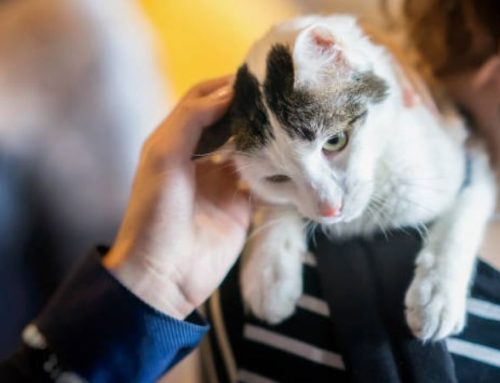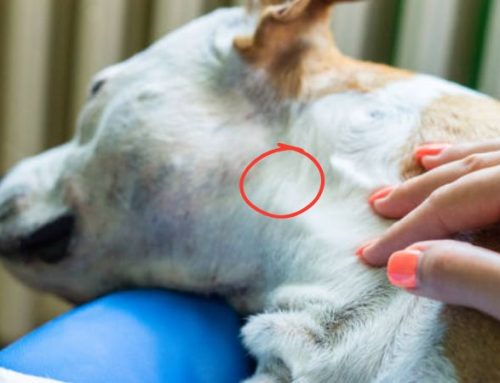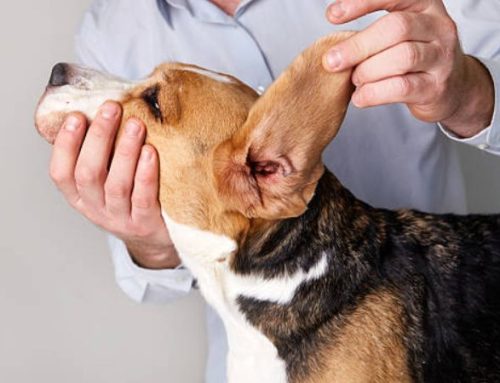It happens in a split second: your cat pounces, catches a fly, and swallows it before you can react. You might laugh or worry. “Is this safe? What about spiders, insecticides like Raid, or vomiting?” While eating a fly is usually harmless for healthy adult cats, there are real risks to consider, especially for kittens or pets with weaker immune systems.
This guide explains why cats chase and eat insects, the potential health concerns, and what you can do to keep your cat safe. You’ll learn how to spot warning signs, prevent problems, and know when it’s time to contact a vet so you can handle your cat’s tiny hunting adventures calmly and confidently.
Is Eating a Fly Dangerous for Cats and Kittens?
Cats eat flies because their instinctive prey drive makes fast, darting insects almost impossible to ignore. Even well-fed indoor cats are hardwired to stalk, pounce, and “capture” anything that mimics real prey and flies are one of the most irresistible targets.
So do cats eat flies? Yes, this behavior is completely normal and usually nothing to panic about. In most cases, eating a single fly poses very little danger. While flies can carry small amounts of bacteria or microscopic parasites, a healthy cat’s stomach acid typically destroys these organisms before they cause harm. The nutritional value of flies is minimal they contain trace protein but not enough to contribute meaningfully to a cat’s diet which means the behavior is driven by instinct, not nutritional need.
Can kittens eat flies? They can, and it’s a common behavior among playful, curious youngsters. However, their developing immune and digestive systems make them slightly more sensitive to anything contaminated. Still, one fly is unlikely to cause serious trouble. The key is monitoring for mild upset, such as soft stools or brief vomiting, which usually resolves quickly. Overall, both adult cats and kittens may chase or swallow a fly without consequence, but it’s always wise to discourage the behavior and reduce insect exposure when possible.
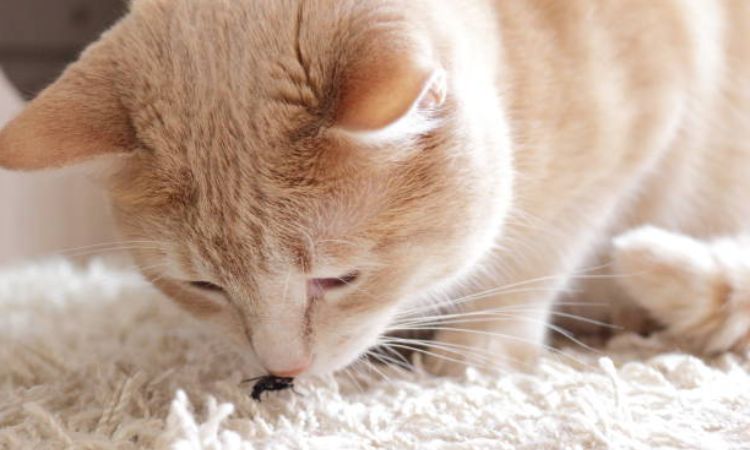
When the Fly is Poisoned (Raid & Pesticides)
While most flies are harmless for cats to eat, the situation becomes far more serious when the insect has been exposed to Raid or any household pesticide. This is the one scenario that carries genuinely high risk, because the danger isn’t the fly itself it’s the chemical contamination on its body. Many insect sprays contain active ingredients such as pyrethrins, pyrethroids, or organophosphates, and even small residues can cause toxicity if ingested by a sensitive cat.
Why This Scenario Deserves Special Attention
The most concerning case is when a cat eats a fly (or roach, spider, or any insect) immediately after it was sprayed. A freshly treated insect may still be wet or coated with enough pesticide to irritate the mouth, upset the stomach, or—if the dose is high enough affect the nervous system. Kittens and cats with underlying health issues are especially vulnerable.
This is the section that directly addresses the common question: “My cat ate a fly sprayed with Raid—what do I do?”
Identify the Spray Used
If you suspect pesticide exposure, check the product label right away. Common active ingredients include:
- Pyrethrins / Pyrethroids (e.g., permethrin, cypermethrin) – most common in Raid
- Imiprothrin or Cypermethrin – often found in flying-insect killers
- Organophosphates or Carbamates – less common in household sprays but much more dangerous
Knowing the exact product helps vets determine the severity of risk.
Immediate Emergency Steps
If your cat ate a fly that was sprayed with Raid or another pesticide:
- Remove access to the area and any remaining insects.
- Rinse your cat’s mouth gently with a small amount of water if the insect was visibly wet with spray (do not force water or cause aspiration).
- Call your veterinarian or pet poison control immediately, especially if the exposure just occurred.
- Monitor closely for the next 6 hours, when most symptoms appear.
Do not try to induce vomiting unless a veterinarian specifically instructs you to.
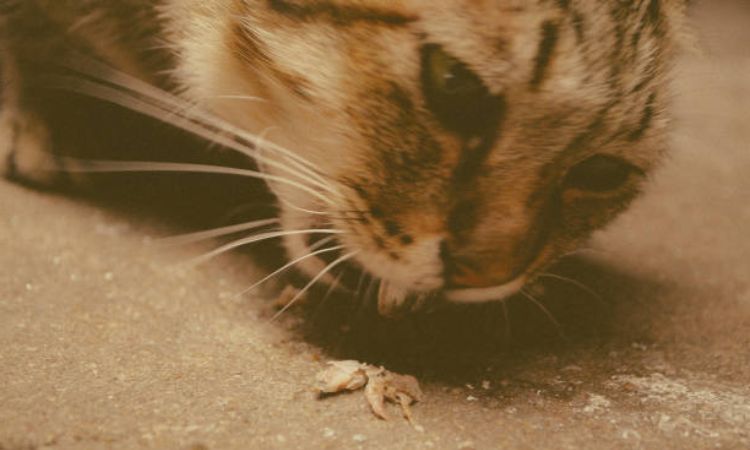
Urgent Signs of Pesticide Poisoning
If you observe any of the following symptoms, seek veterinary care without waiting:
- Tremors, shaking, or muscle twitching
- Excessive drooling or foaming at the mouth
- Vomiting or diarrhea
- Difficulty walking or uncoordinated movements
- Rapid breathing or panting
- Severe lethargy, collapse, or unusual weakness
- Seizures
These signs suggest neurological involvement and require immediate treatment.
Vomiting, Diarrhea, and When to Call the Vet
Gastrointestinal symptoms are the most common reactions after a cat eats a fly, and they’re usually the result of simple irritation rather than a serious medical problem. The hard exoskeleton of insects made of chitin can be difficult for some cats to digest, which may trigger mild vomiting or loose stools shortly after ingestion.
If you’re thinking, “My cat ate a fly and threw up,” this is often just a temporary response to stomach irritation. One episode of vomiting isn’t typically a cause for alarm, but it’s important to watch for repeat episodes or additional symptoms. Similarly, cat eating flies diarrhea can happen if a cat has a sensitive stomach or isn’t used to eating insects. A single soft stool is not unusual, but diarrhea that continues or worsens signals that the digestive system is struggling.
Some symptoms, however, indicate a more serious issue and require prompt veterinary attention. Call your vet immediately if your cat experiences persistent vomiting or diarrhea, vomits more than twice in a day, shows blood in the stool or vomit, becomes unusually lethargic for more than 24 hours, refuses food, or develops abdominal pain. These red flags suggest that the issue goes beyond simple GI upset and needs professional evaluation. Monitoring closely ensures you catch any escalation early and keep your cat safe.
Related Reads:
- Why is my cat vomiting yellow liquid and not eating
- Why is my cat vomiting green liquid and not eating
Beyond Flies: Do Cats Eat Flies and Spiders? (Other Bugs)
Cats don’t limit their “prey” to flies many will chase and eat almost any small insect that moves. Do cats eat flies and spiders? Absolutely. Both are common targets, but the risks depend heavily on which species your cat encounters and whether toxins or venom are involved.
Spiders: Mostly Harmless, but Some Are Dangerous
Most everyday house spiders are harmless if eaten. A cat’s stomach acid usually breaks them down with no issue, and ingestion doesn’t deliver venom the same way a bite does.
However, venomous spiders are a different story. Depending on where you live, the following species pose real danger:
- Black Widow – Found in many warm regions; highly toxic to cats.
- Brown Recluse – Common in parts of the U.S.; bites can cause severe tissue damage.
- Hobo Spider – Seen in the Pacific Northwest; potential necrotic bites.
While eating one is unlikely to inject venom, playing with or attempting to kill a venomous spider increases the chance of a bite. Signs like trembling, vomiting, swelling, or sudden weakness require immediate veterinary care.
Other Bugs Cats Commonly Eat
Aside from flies and spiders, cats may go after a variety of insects that pose different levels of risk:
- Wasps & Bees: Stings inside the mouth or throat can cause intense pain, swelling, and—rarely—dangerous allergic reactions. Any swelling that affects breathing is an emergency.
- Toxic Beetles: Some brightly colored beetles and blister beetles can release irritants that cause drooling, vomiting, or oral burns when chewed.
- Hard-Shelled Insects: Roaches, crickets, and grasshoppers are generally non-toxic but can irritate the mouth or stomach because of their tough exoskeletons.
Across all these insects, the biggest danger is often not the bug itself but what it may carry parasites, bacteria, or chemical residue from pesticides. That’s why monitoring your cat after any bug-eating adventure is important, especially if you live in an area with venomous species or use insect sprays in your home.
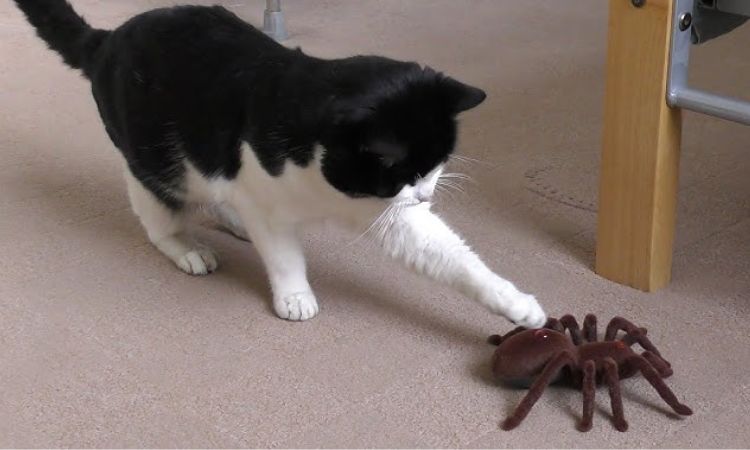
Prevention and Management
Keeping your cat safe from insects isn’t just about stopping the chase it’s about reducing exposure to pests, avoiding chemical risks, and giving your cat healthier outlets for their natural hunting drive. A few consistent habits can dramatically lower the chances of your cat eating harmful bugs or coming into contact with pesticides.
Safer Pest Control
If you need to manage insects in your home, choose solutions that won’t put your cat at risk. Avoid chemical sprays whenever possible, especially products like Raid that can contaminate insects and surfaces. Instead, consider:
- Cat-safe or non-toxic traps such as sticky traps placed well out of your cat’s reach.
- Physical removal, like catching and releasing insects or using a vacuum.
- Window screens, sealed food containers, and covered trash cans to reduce bug entry and breeding.
When chemical pesticides must be used, ensure treated areas stay off-limits until completely dry and ventilated—and monitor the house for any dying or poisoned insects that your cat might eat.
Redirecting Prey Drive
A cat that hunts bugs is usually a cat craving stimulation. Meeting this instinct in safe, structured ways can reduce insect-chasing indoors. Effective strategies include:
- Daily interactive play, such as wand toys, laser sessions, or fast-moving feather toys.
- Solo-play toys that mimic the movement of prey, giving cats an outlet even when you’re busy.
- Food puzzles and treat-dispensing toys, which engage both the body and mind and offer more satisfying rewards than catching a fly.
Providing these alternatives helps redirect a cat’s energy toward controlled, safe activities rather than unpredictable encounters with insects.
Home Safety Check
A quick home check can prevent dangerous situations—especially if you use insecticides. Look around the house for:
- Poisoned or dying flies that might have been affected by sprays.
- Hidden corners, such as behind curtains or under furniture, where a contaminated insect might land.
- Entry points, like cracked windows or small openings, that let pests inside.
Removing insects before your cat finds them significantly reduces the risk of ingestion, stomach upset, or chemical exposure.



